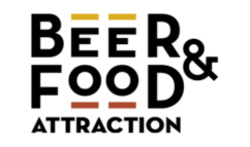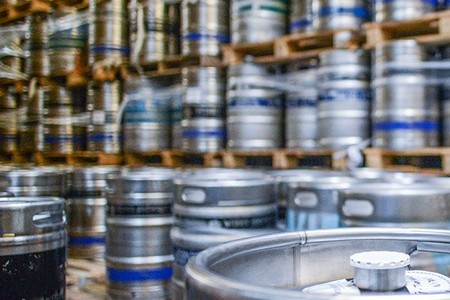State Craft Brewery Growth Trends
Brewers Association - The new 2018 state-by-state craft brewer statistics have been published on the website. I wanted to briefly outline what these numbers reflect and highlight a few trends I saw as I was compiling the data.
The Numbers
Let’s start with what the numbers represent.
They reflect the number of craft breweries by state and their production in those states. These aren’t sales figures, and while production and sales are certainly correlated, they don’t always move in the same direction year-over-year. To compile these, we take the raw brewery-by-brewery production numbers we get in our annual production survey, add them up by state, and then make a bunch of adjustments for brewers that produce in multiple states or contract in another state. To preserve brewery data privacy, we don’t release those adjustments, but that’s why you don’t get the same numbers if you add up the brewery production by the state headquarters in our members only brewery production data (which will be updated in early to mid May this year).
Because breweries do sometimes move production across state lines or build new facilities, some of the changes in state-by-state production aren’t “real” in the sense that they don’t always reflect changes in the health of brewers in that state. With the rise of more craft brewery groups, we often see production shift from one state to another as brewery groups use other facilities in that group rather than wherever they were contracting or running an alternating proprietorship previously. How do we know these changes are occurring? Breweries tell us and often report their facilities separately, but you can also look at Tax and Trade Bureau Certificate of Label Approvals (COLAs) as a way of seeing these shifts in production. However, even if they aren’t a perfect snapshot of state performance, these state numbers provide insights into the variations in growth we’re seeing around the country.


